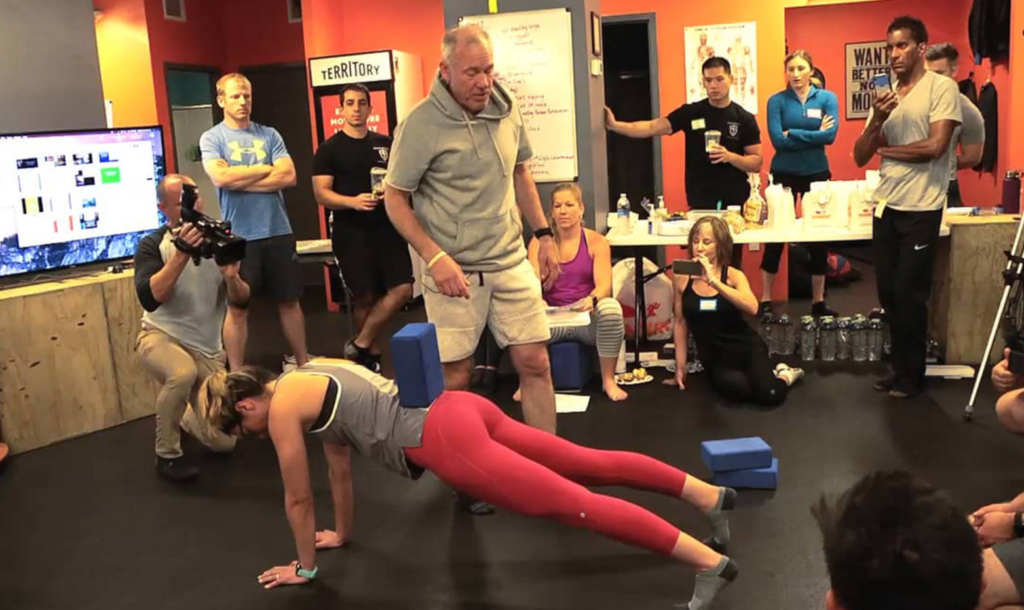Rehabilitation is training for the injured so they can self-manage. Unfortunately, the status quo promotes a “fix it’ approach. FPOM Prepare aims to help people participate in valued life activities. We do this by creating an environment that gives people hope by giving them a positive experience with movement.
Learn how to:
- Avoid cookie cutters & protocols by developing a client-centered reasoning process
- Connect the dots from a person’s story to you’re plan
- Prepare people for Return to Participation, Play and Performance
- Assess “yellow flags” ofover-protection
- Belief that a person needs a “fix it” approach
- Belief that hurt=harm & physical activity is dangerous
- Lack of confidence &/or commitment to perform self-care independently
- Assess load or under-preparation
- Identify activity intolerances and a person’s floor current capacity and ceiling required capacity for their demands
- Create relatedness through motivational interviewing
- Perform a six-part movement prep to assess baseline movement competency and pain tolerance
- Sensory-afferent input via the foot
- Physiologic “warm-up (heart rate, core body temperature, high-threshold breathing)
- Active mobility (hip, shoulder, t-spine, foot/ankle)
- Pillar prep (posterior chain & kinetic chain force transfer via the torso)
- Special “correctives”
- Energy storage & release (i.e. springs & shocks)
- Gamify constraints-based motor learning (internal vs external cues, problem-solving)
- Record baseline floor issues distinguishing acceptable vs unacceptable dysfunction as a springboard to measurable & impactful interventions
- Provide a positive experience with movement to increase tolerance & de-sensitize painful movementsReassurance & Reactivation for gradual exposures to feared stimuli
- Find the “hardest thing a person does well” related to their goals/demands by slow-cooking adaptation
What you will take away:
- How the inactivity crisis is leading to a disability epidemic and an increasing gap between biological age and chronological age
- Four principles to use as a GPS in finding “Plan B” for rehab & training
- Reassurance
- Reactivation
- Resilience
- Risk Management (Variability)
- How to bridge the gap from
- Science to the trenches (knowledge translation)
- Rehab to training
- Physical activity & bodyweight exercise to load
- Current capacity shortfall (e.g.floor) to required capacity (e.g. ceiling or demands)
- How musculoskeletal pain is a “Gift of Injury” allowing us to promote lifestyle behavior modification that can manage Non-communicable disease (NCD) risk.
- How “vested interests” and the status quo bias promotes over-detection (e.g. nocebos), over-diagnosis (tests w/ high false + rates), and over-treatment (surgery, injections, opiates, NSAIDs, passive therapies, “corrective exercise” purgatory)
- The Precision Profile documentation system for client-centered programming
- How movement preparation is the prerequisite for athletic development and general physical preparation (GPP)
- The continuum from Preparation or readiness to Training to Recovery
- How to give tangible hope and an achievable plan through a positive experience with movement



